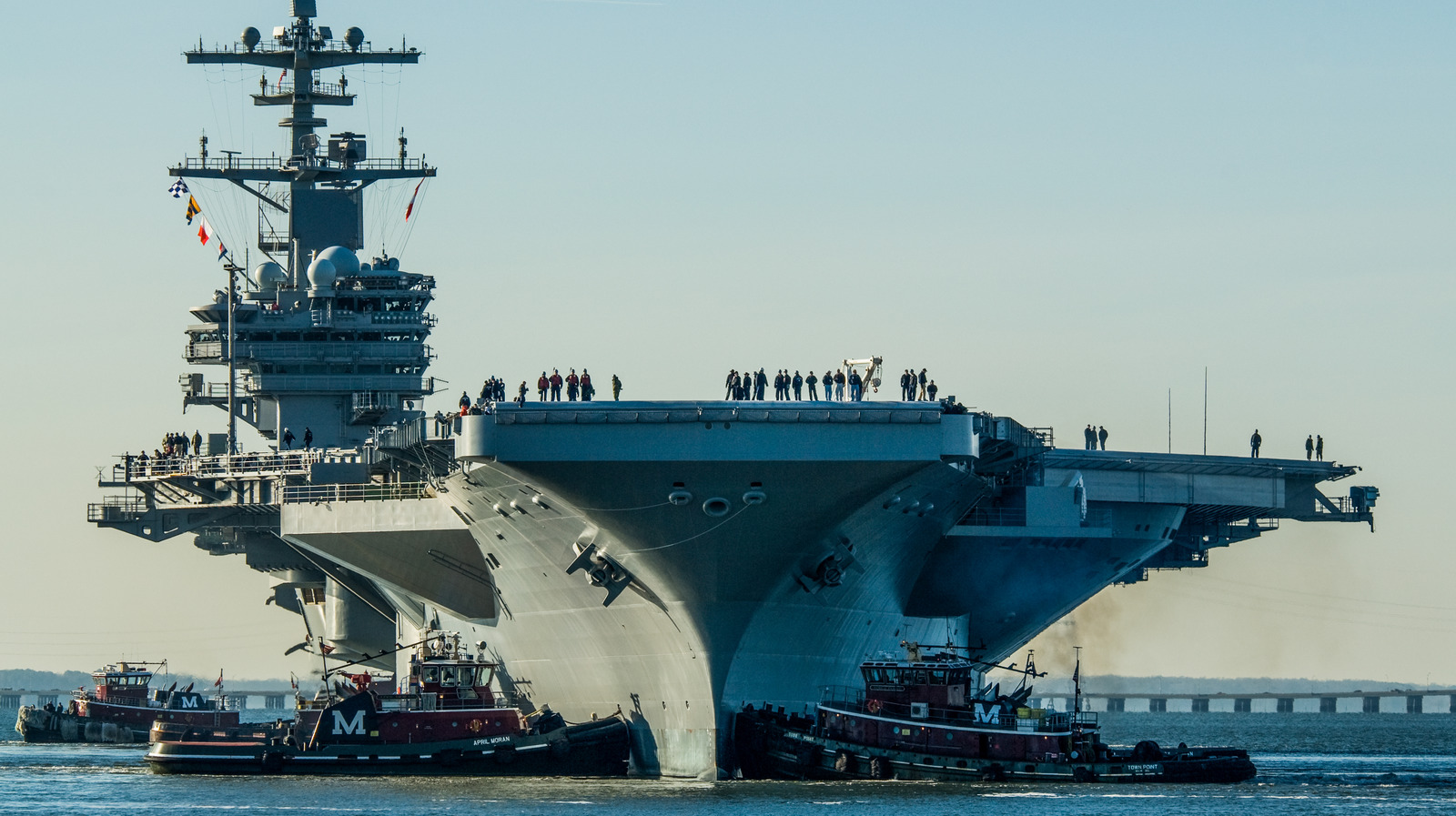
Battleships such as the vast Yamato and Musashi of Japan’s World War II fleet would ultimately encounter two major issues. Firstly, through technological breakthroughs, better weapons would become available in more practical, efficient, smaller packages. Secondly, that technology would be incompatible with a battleship’s historical purpose: protracted, destructive combat.
Just as the onset of guns rendered knight’s armor and fortified castles largely obsolete, the introduction and refinement of the likes of intercontinental ballistic missiles — the United States’ first such weapon was the Atlas SM-65, which was developed by the United States Air Force and first used in 1959 — meant that battleships’ weapons, though certainly potent were rendered less practical to use, and their armor rather less effective against the likes of these new threats.
Maneuverability, stealth, and advanced threat detection systems became a heavy military focus as the decades went on and technology allowed. The larger a ship, though, the more expensive and less practical it would be to provide a suite of defenses, and ever-more-sophisticated assaults from a range of aggressors would see a huge battleship as a huge target.
Stay connected with us on social media platform for instant update click here to join our Twitter, & Facebook
We are now on Telegram. Click here to join our channel (@TechiUpdate) and stay updated with the latest Technology headlines.
For all the latest Automobiles News Click Here
